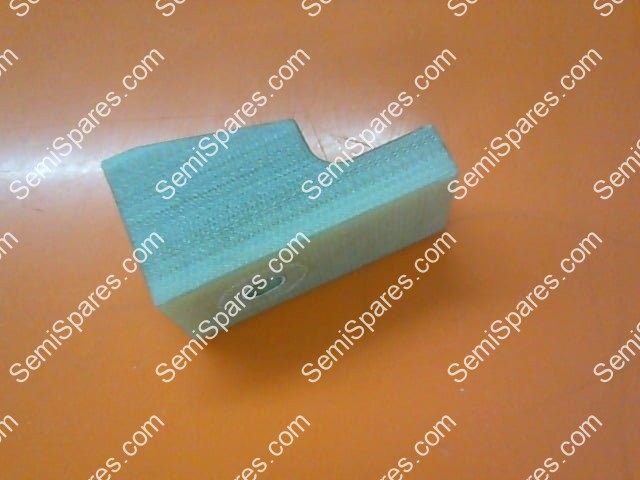Cathode 2 4 1
4.2.2.1.2 Government support for the adoption of electric vehicles 4.2.2.2 Continuous reduction in prices of cathode materials 4.2.2.3 Expansion of the energy storage battery market. (LME standards) Standard Cu Cathode-1, purity 99, 97-99, 99%Dimension: 914 mm x 914 mm x 12 mm (LME standards) Copper (Cu) min% 99.99% Other materials may be present which are described below: Oxygen O2 - Sulfur S 4 PPM Iron Fe 2 PPM Silver(Argent 10 PPM Lead Pb 0.2 PPM Nickel Ni 0.2 PPM Selenium Se 0.3 PPM Antimony Sb 0.1 PPM Silica Si 0.3.
A cathode is a type of electrode through which electrons move. Electrodes are an electrical conductor (usually a metal) that is connected to something that is not a metal. Electric current is a flow of charges through a conductor. There are two theories; one theory is conventional current flow and the other is actual current flow.[1] The anode delivers conventional (or customary) current (which travels in the opposite direction as electrons) and the cathode receives that current. This means that electrons come out of the anode and electrons go into the cathode. [2]
Cathode 2 4 10
This lets an electric current go into an electrical device such as a battery or other electrical cell. It can also end in a vacuum, like in a cathode ray tube. In this case, the electrons may go into open space.

In other words, a cathode is a positive electrode on a battery and a negative electrode on an electrolytic cell. Electric current is perceived as flowing in the opposite direction that the electrons are flowing. So electrons go into the + (positive) terminal of a battery, but electric current goes out. Electrons go into the + (positive) terminal of an electrolytic cell, but electric current goes out.[3]

Cathode 2 4 11
An electrode through which electrons flows out of the device is termed a cathode because it is negatively charged. A cathode is a negative electrode on a battery and a nagative electrode on an electrolytic cell.[4]
Related pages[changechange source]
Cathode 2 4 12
References[changechange source]
- ↑'The direction of electric current'.
When Benjamin Franklin was studying charges, the structure of an atom and atomic particles were unknown. Hence he assumed the point of charge accumulation as positive and the point which is deficient of charges as negative. Therefore, the charge is said to flow from positive to negative. This is called conventional current.
- ↑'Anodes and Cathodes'. AV8n. Retrieved 13 October 2013.
- ↑'Anodes and Cathodes'. about.com. Retrieved 13 October 2013.
- ↑'In which direction does electric current flow?'.
Electrons are negatively charged particles and are attracted towards the positive charge.